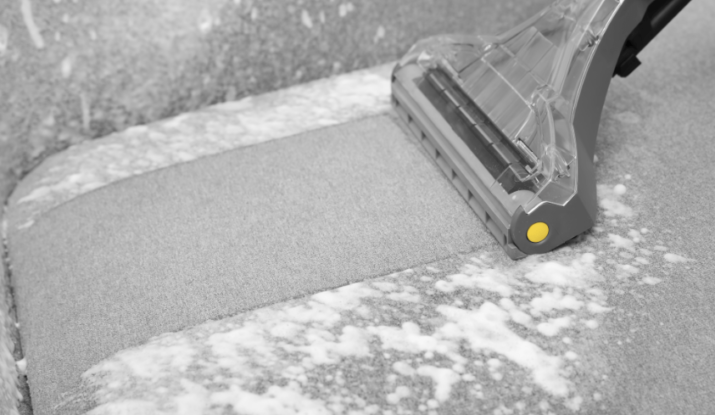Revitalizing Fabrics: Dos-Pro’s Ultimate Upholstery Cleaning Checklist
Welcome to Dos-Pro’s Ultimate Upholstery Cleaning Checklist, where we take the mystery out of maintaining and revitalizing your upholstered furniture. Whether you’re dealing with an accidental spill, regular wear and tear, or just want to give your furniture a refresh, this comprehensive guide is your go-to resource. We’ll cover everything from identifying fabric types to choosing the right cleaning products and techniques, ensuring your furniture looks its best and lasts longer.
Understanding Your Upholstery
Identifying Fabric Types
- Synthetic Fabrics: These include polyester, nylon, and acrylic. They are generally more stain-resistant and easier to clean.
- Natural Fabrics: Cotton, wool, and silk fall into this category. They require more delicate handling.
- Leather: A durable material that needs special cleaners to maintain its integrity.
- Blends: Combinations of natural and synthetic fibers that may require specific cleaning methods.
Checking Manufacturer’s Instructions
Always check the cleaning codes on your furniture. These codes provide essential information on what products and methods are safe to use.
Pre-Cleaning Steps
Vacuuming
Begin your upholstery cleaning process by vacuuming to remove surface dust and debris. It’s crucial to use an upholstery attachment for this step, as it is specifically designed to clean fabric surfaces without causing any damage to the material.
Spot Testing
Prior to applying any cleaning solution to your upholstery, it’s essential to conduct a spot test in a hidden area. This step checks for colorfastness and material safety, ensuring that the cleaner won’t cause any discoloration or damage to the fabric.
Choosing Cleaning Agents
DIY Solutions vs. Commercial Cleaners
- DIY Solutions: Mild dish soap mixed with water can work for many fabric types. For tougher stains, a mixture of vinegar, baking soda, and water can be effective.
- Commercial Cleaners: Choose a cleaner designed for your specific type of upholstery. Follow the instructions carefully.
Eco-Friendly Options
When selecting cleaning products for your upholstery, consider opting for eco-friendly and non-toxic cleaners. These are safer choices, particularly in homes with pets or children, as they minimize exposure to harmful chemicals while still effectively cleaning your furniture.
Cleaning Techniques
Fabric Upholstery
- Blotting Stains: Gently blot, don’t rub, to lift spills.
- Brushing: Use a soft brush to work in the cleaner and loosen dirt.
- Rinsing and Drying: Use a damp cloth to remove soap residue, then dry with a clean towel.
Leather Upholstery
- Leather Cleaner: Apply a leather-specific cleaner with a soft cloth.
- Conditioning: After cleaning, use a leather conditioner to keep it supple.
Dealing with Odors
Addressing Stubborn Stains
Homemade Remedies
- For Grease: Apply cornstarch or baking soda to absorb the grease, then vacuum.
- For Ink: Rubbing alcohol dabbed on a cotton ball can lift ink stains.
Professional Assistance
Maintenance Tips
Regular Vacuuming
Regular vacuuming is a key preventative measure in upholstery care. It helps in stopping dirt and debris from becoming embedded into the fibers of the fabric, maintaining the cleanliness and extending the life of your upholstered furniture over time.
Immediate Spill Response
Avoid Direct Sunlight
To preserve the color and integrity of your upholstered furniture, it’s important to position it away from direct sunlight. Prolonged exposure to sunlight can cause the fabric to fade and deteriorate over time, reducing its aesthetic appeal and lifespan.
Rotating Cushions
To ensure even wear and prolong the life of your upholstered furniture, make it a habit to regularly rotate and fluff the cushions. This practice helps maintain their shape, distributes wear evenly, and keeps your furniture looking fresh and comfortable.
With Dos-Pro’s Ultimate Upholstery Cleaning Checklist, revitalizing your furniture is a straightforward and rewarding process. Regular maintenance and correct cleaning techniques will extend the life and beauty of your upholstered pieces. Remember, the key is understanding your fabric, choosing the right cleaners, and being gentle in your approach. Happy cleaning!


